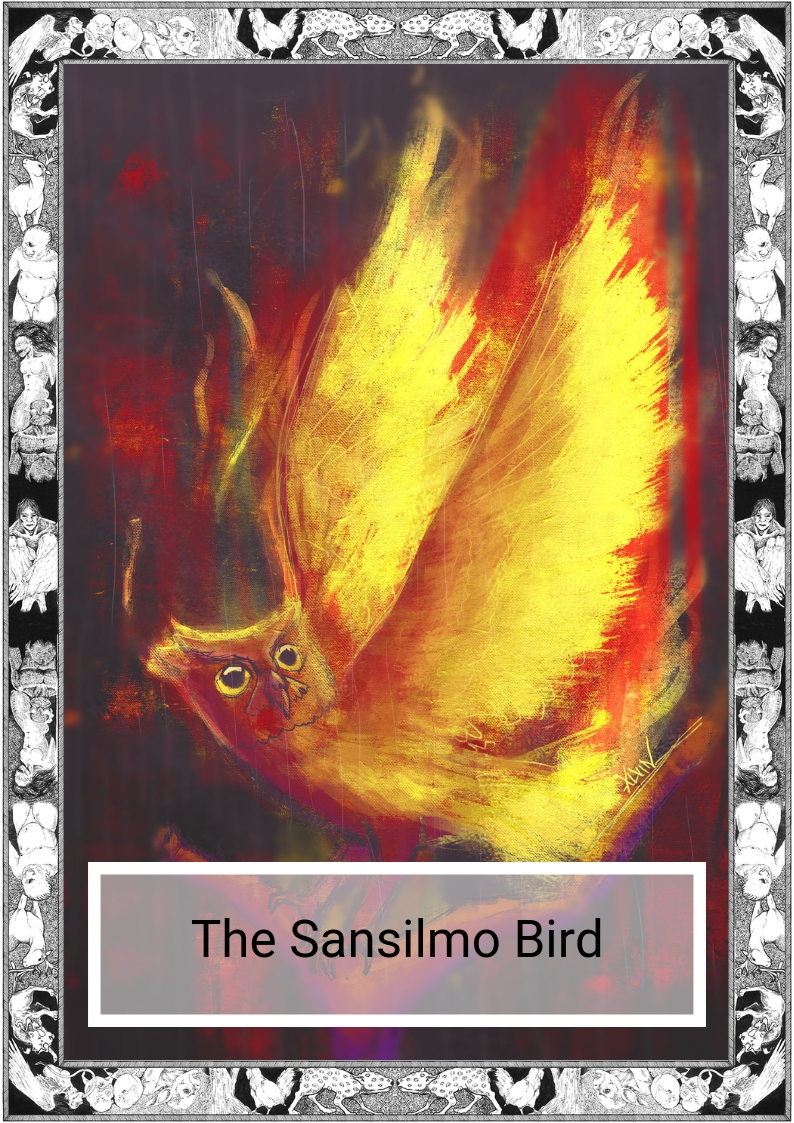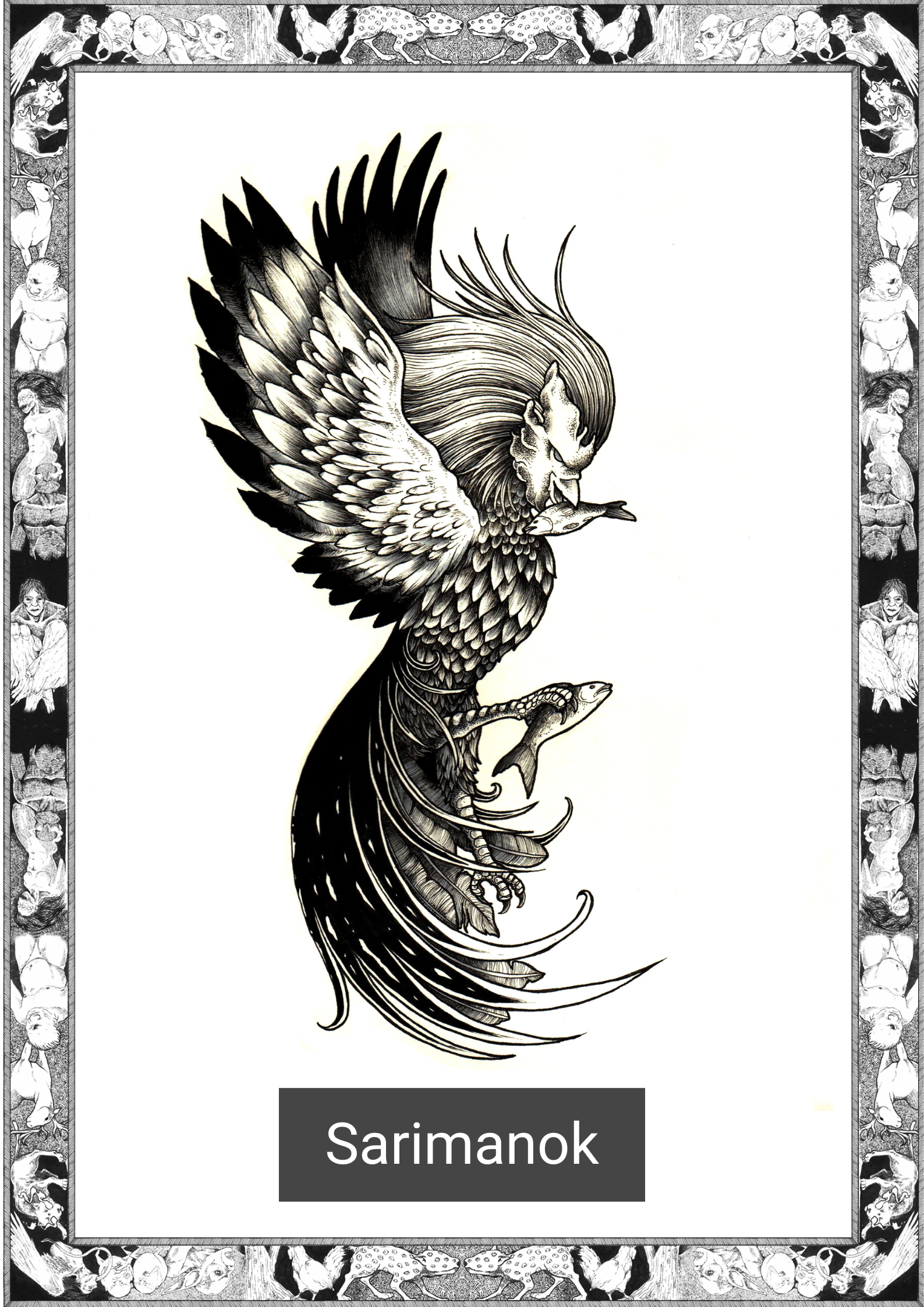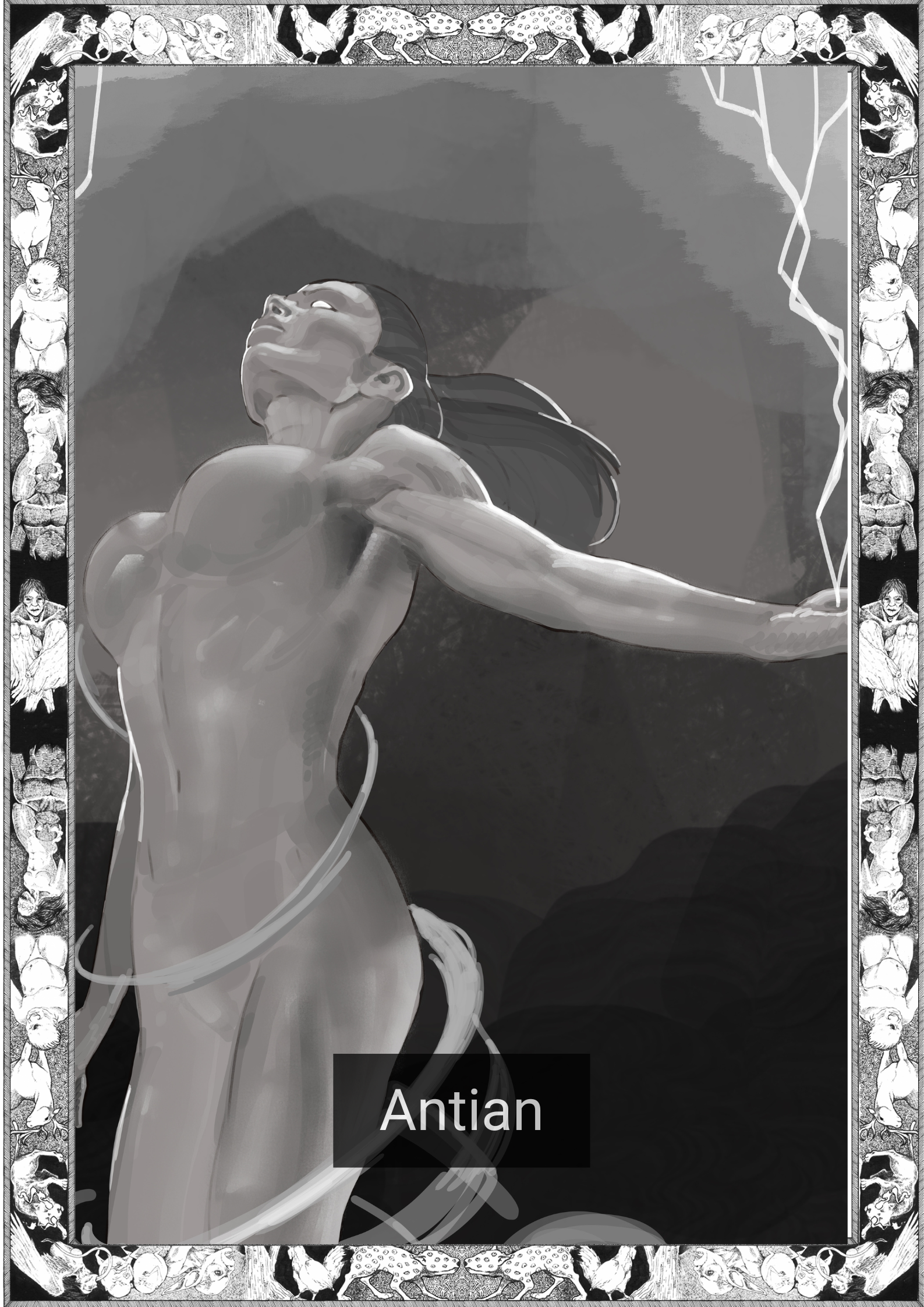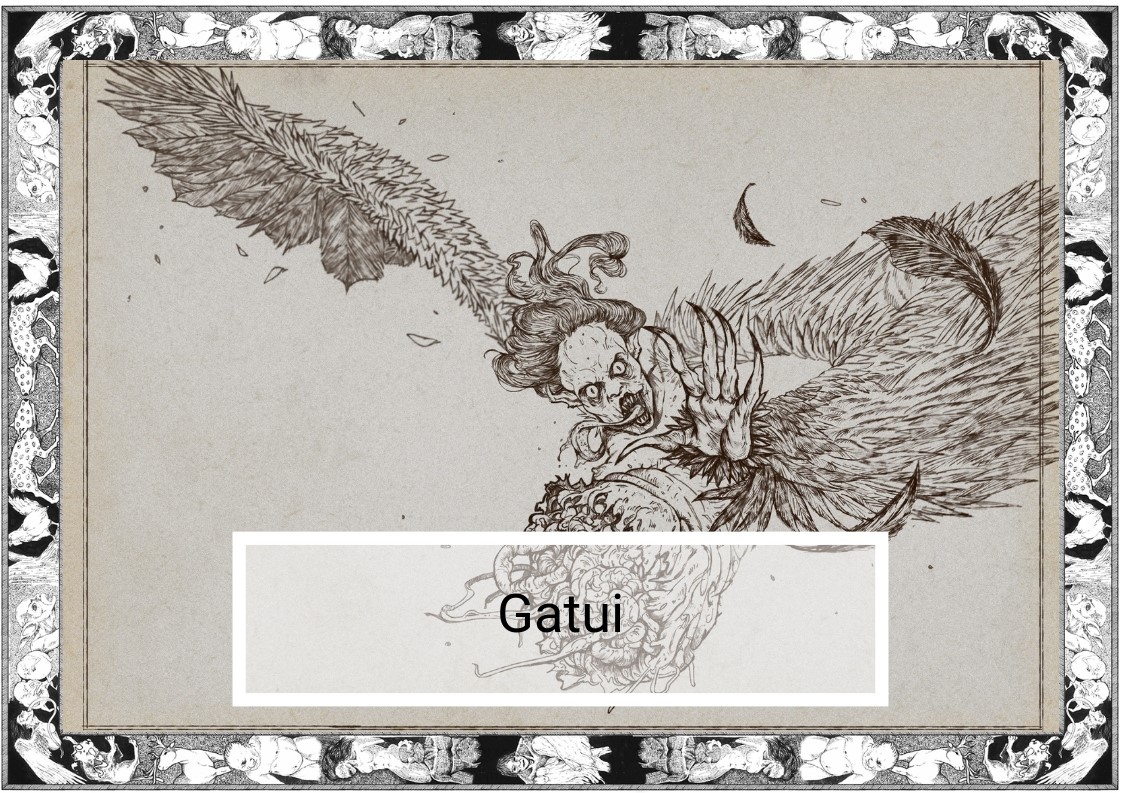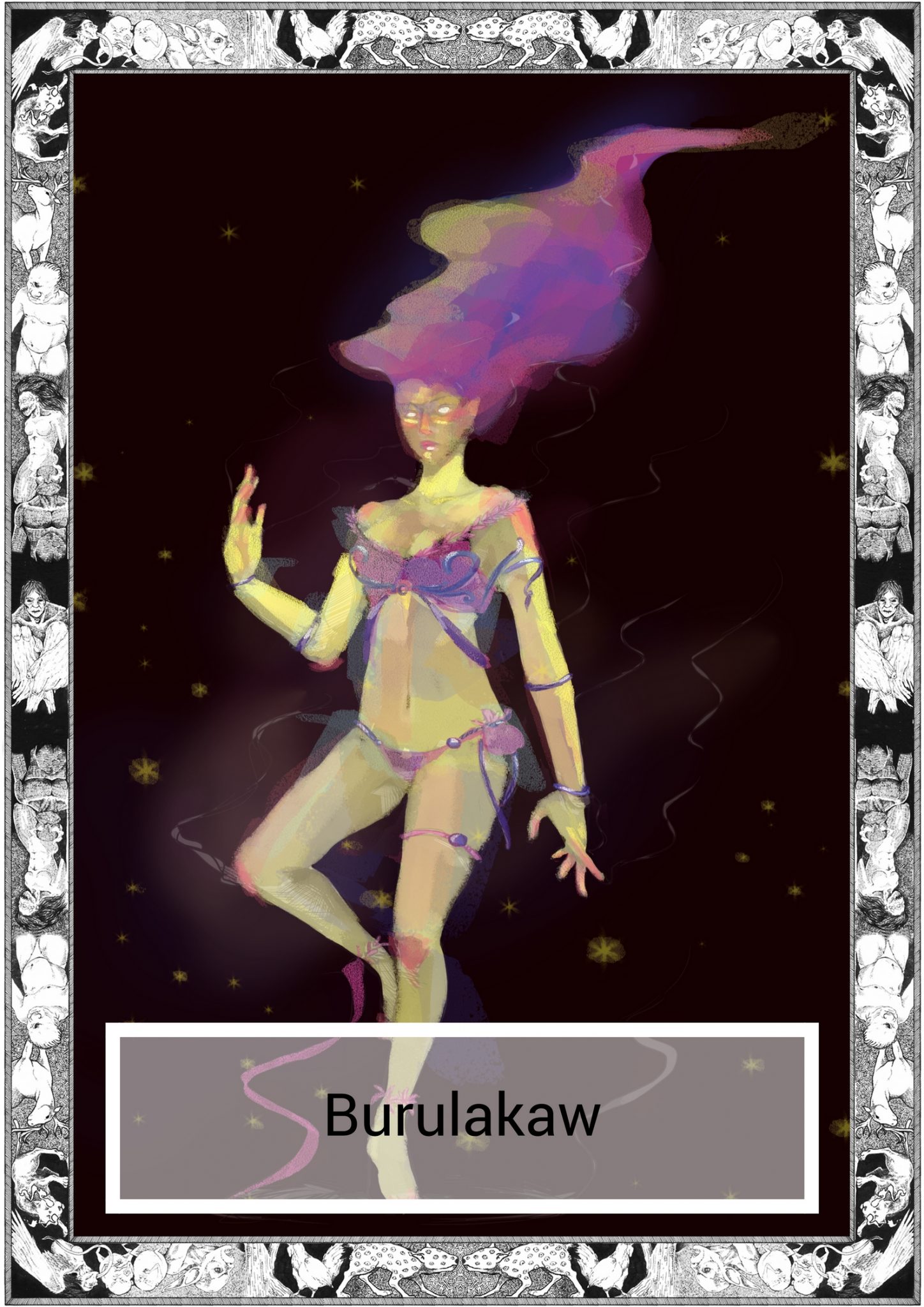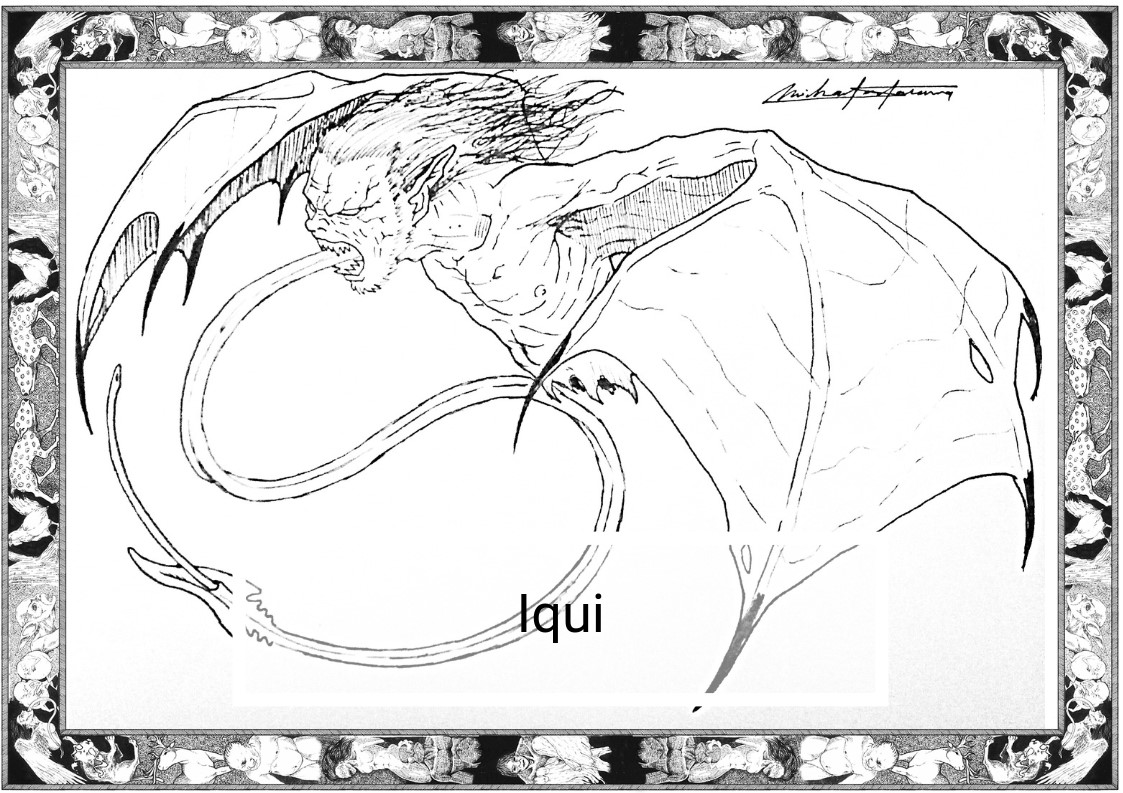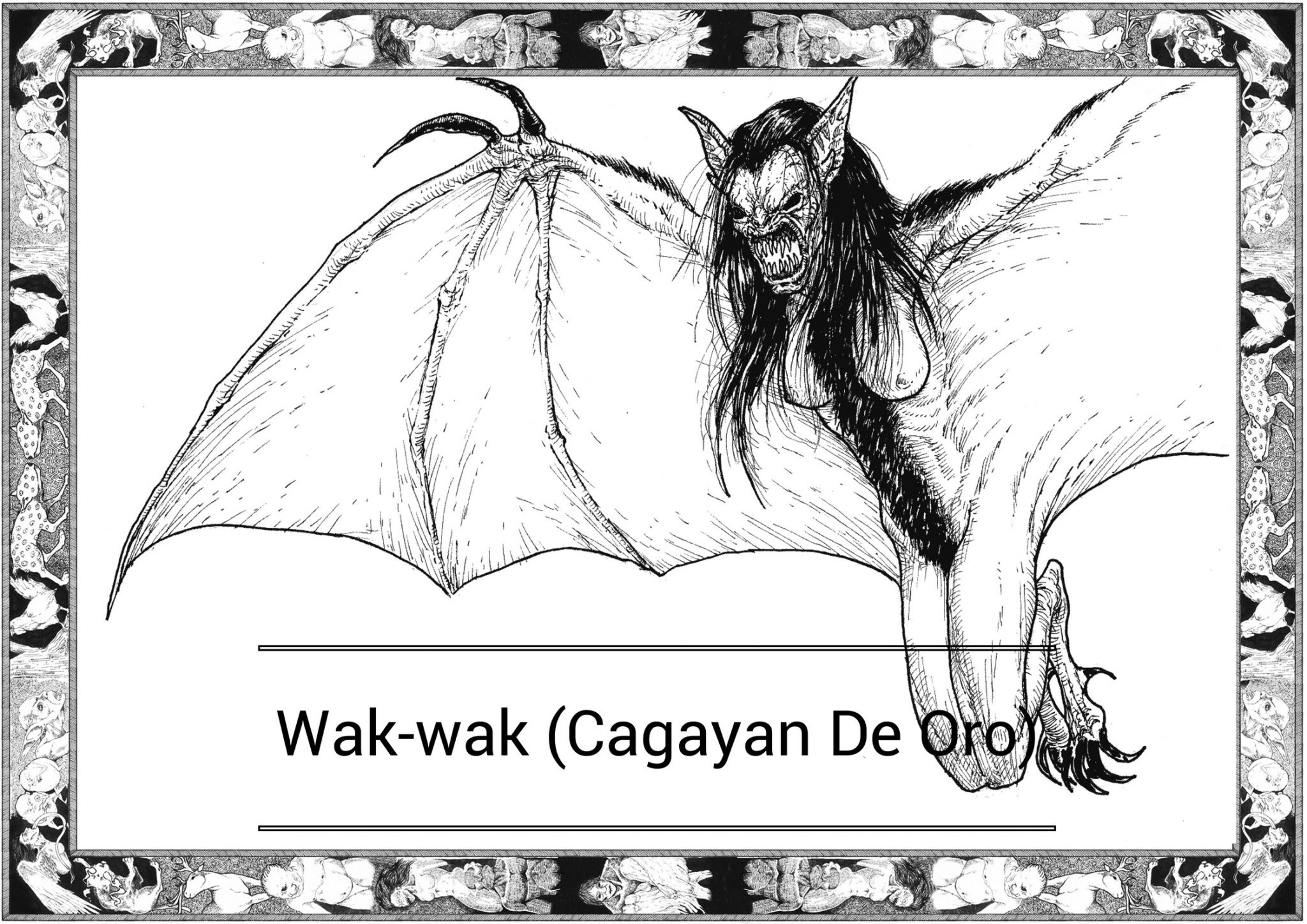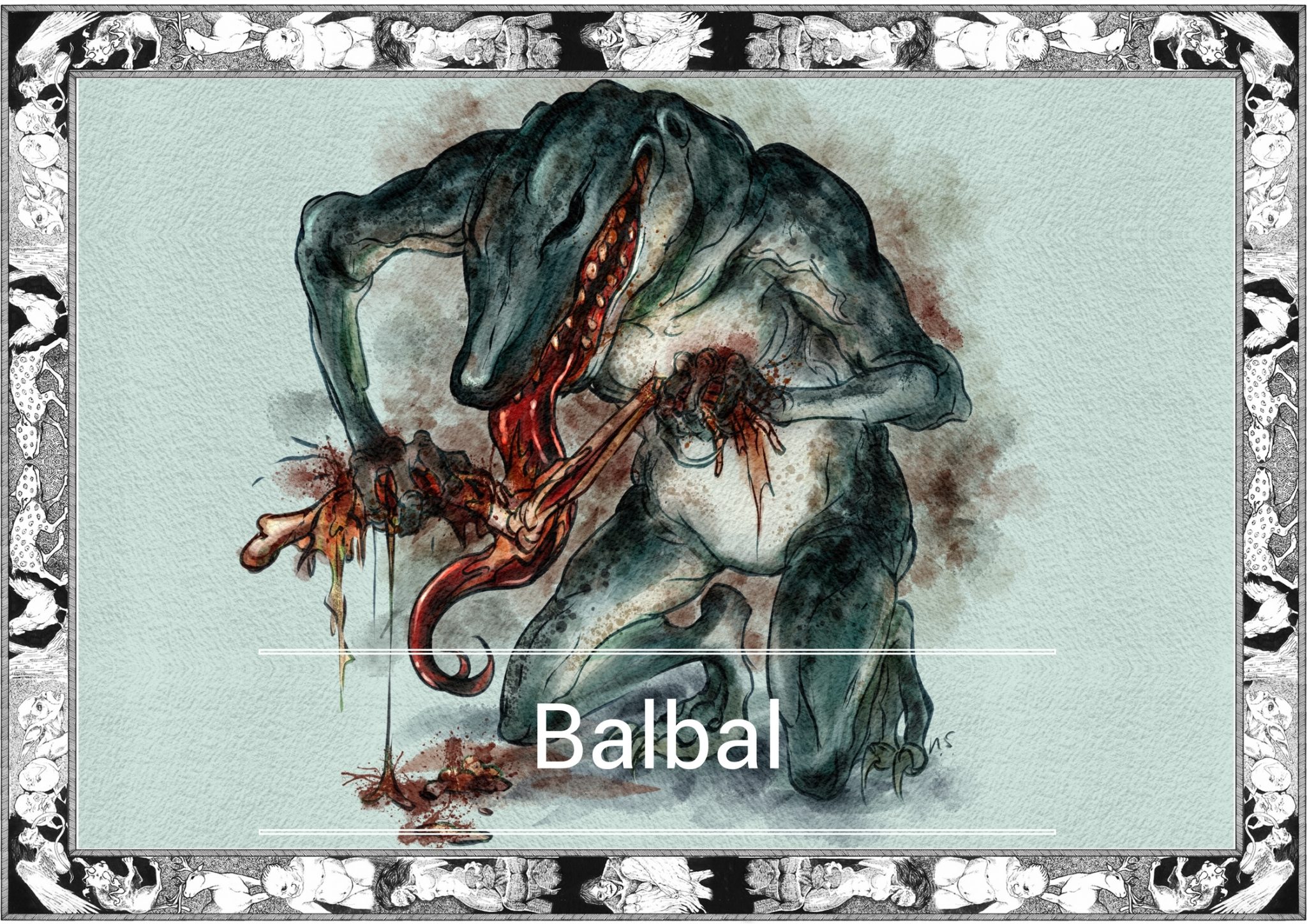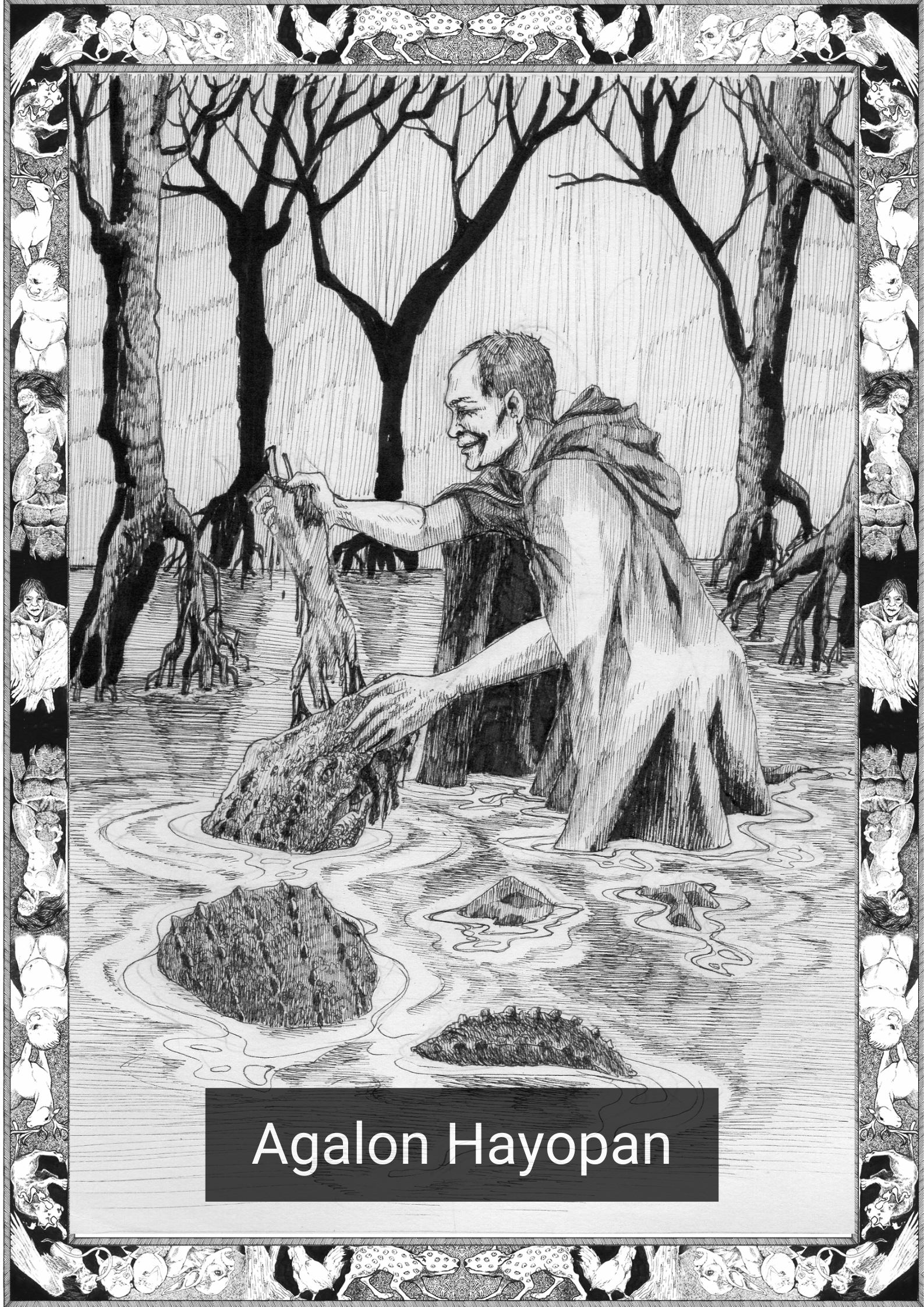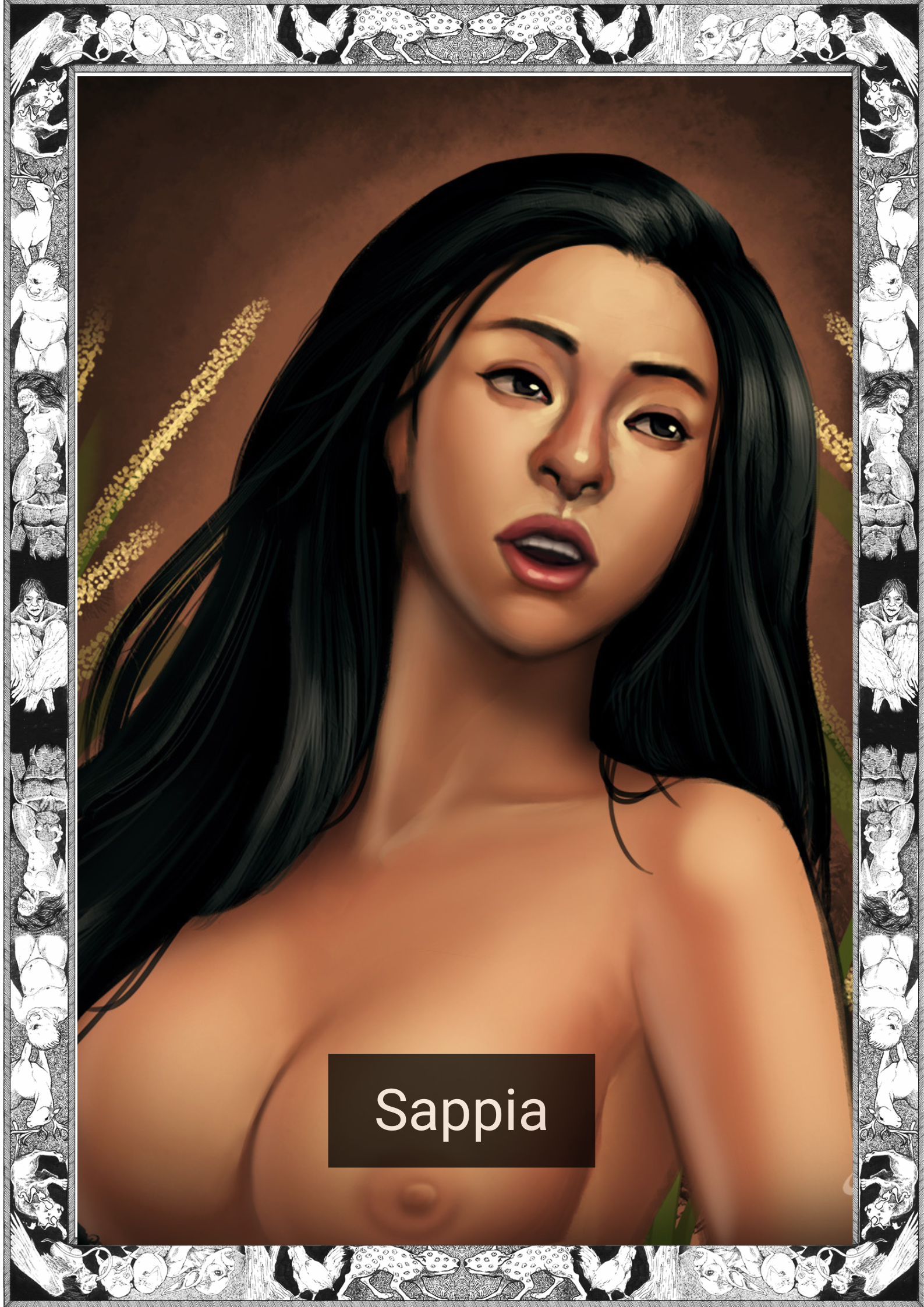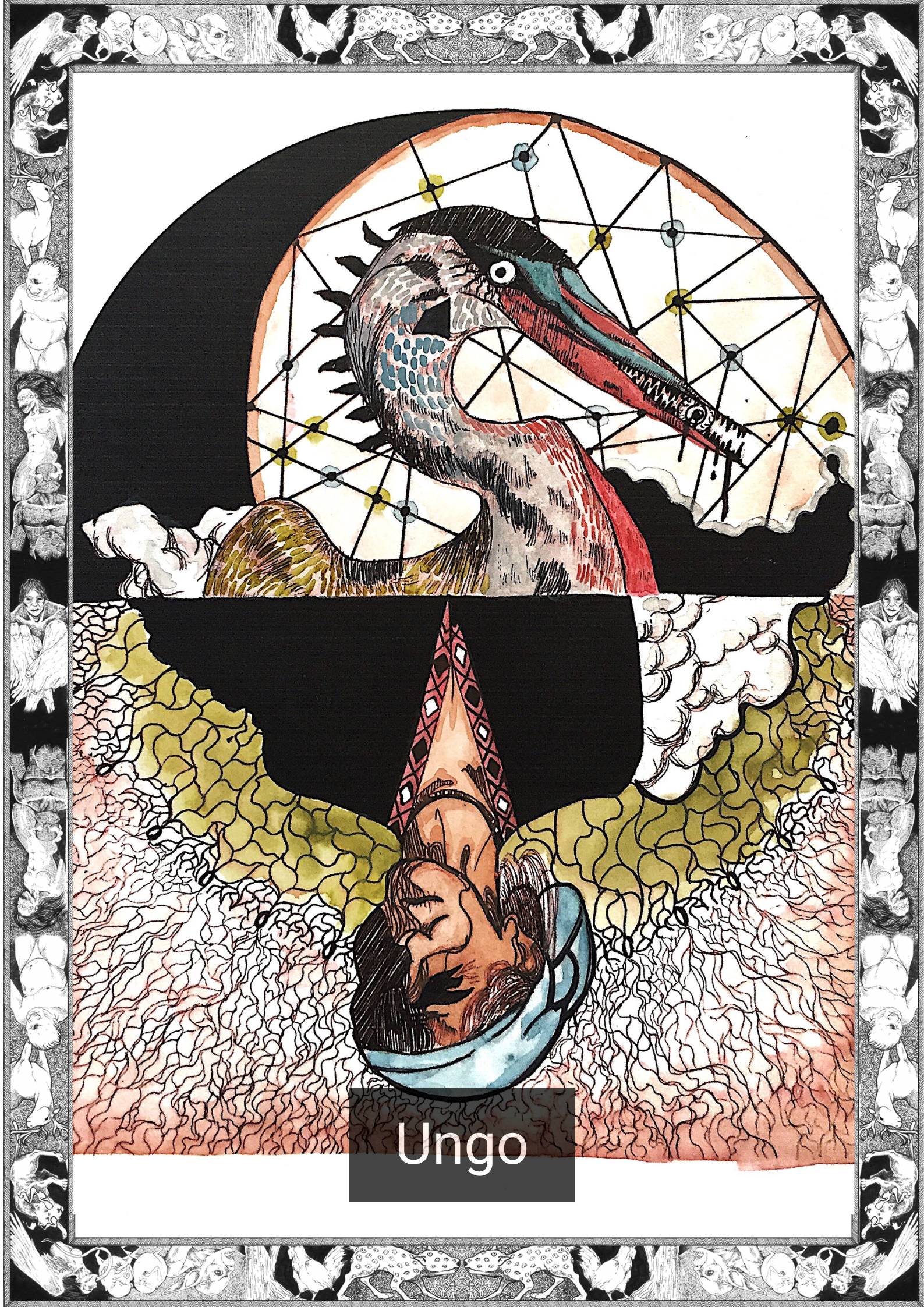
*Note this story is in Ilocano
Iddiay Amianan, iti lugar nga maaw-awagan Lagui, nagnaed ti maysa a billit a managan ti Apan. Ni Apan ken dagiti kapadana ket naggapu iti adayo nga amianan-a-daya, ngem gapu iti nakaro a winter iti dayta a lugar, nagturongda iti umabagatan, iti lugar dagiti “windmills.”
Maysa nga aldaw, kabayatan a waywayaan ti init ti idadateng ti bulan, nakasirpat ni Apan iti maysa a tumatayab nga saannapay a nakitkita iti napalabas.. Addan uppat a winter manipud nai-pessa, ket impapanna nga ammona aminen a klase ti billit a sumangbay iti Lagui. Daytoy a billit ket saan met a “kingfisher,” “starling,” wenno billit-tuleng. Mangipalagip daytoy kadagitii kuago ti ruot nga agan-anup iti asidegna, ti kinaatiddog dagiti payak ken ti rupana, ngem ditan nga aggibus ti pagpadaanda.
Awan kadagiti billit ti naranniag kas kadagiti bituen.
Nabannogen ni Apan gapu ti nagmalmalem nga panagbirokna iti taraon. Ngem saan daytoy a nanglapped ti panagtayabna nga agturong iti ayan ti billit, tapno mapennek ti panagusiusona.
Saan unay met a dakkel daydiay a billit, mangipalagip kadagiti pato ken ul-ullaw nga kanayonna nga ad-adayoan. Uray iti adayo, mabalinna nga suroten ti billit, banag nga nanam-ay para ken ni Apan. Inwardas ti billit dagiti payakna sa nagdisso iti maysa a sanga.
Bayat iti panangipangatona kadagiti payakna, nakita ni Apan ti paggapuan ti lawagna. Iti sirok dagiti payak ket adda saggaysa a bola nga umap-apoy, Nagsiddaaw ni Apan no kasano nga saan a mauram ti apoy ti billit. Nagtayab iti ababa ta ipagarupna nga saan a makita ti billit, ket nagdiso iti maysa a sanga iti ngatuen ti billit.
Kasla maysa nga estatwa ti billit. Ti saan nga agkutkuti nga langa daytoy ken kasla nangpaseggar kenni Apan. “ Ania ngata ti maaramid daytoy a billit,” nasaludsodna.
“ Ammok nga addaka dita,” nagsao met laeng.
Saan a naggaraw ni Apan. Ammona nga adda isuna iti disso a di makita ti billit.
“Umayka ditoy ta agsaritata, “ imbilin ti billit.
Insigida a nagtayab iti ngato ni Apan ket nagdisso iti abay ti billit. Saan a narruam a sirriing iti rabii ket kasla dumagsen ti payakna iti panagtulid ti oras, ngem saanna nga maiyebkas ti ragsakna. Naidumduma ti pannakabirokna iti maysa a baro a banag a mabalinna a sukimaten.
Sinangona ti billit ket nagsaludsod, “ Aniaka kadi?”
Nagkatawa ti billit, “ Diretso ka, ania?”
Imbabana dagiti payakna ket nalingdan dagiti bola nga umap-apoy.
“Maysaak met a billit a kasla kenka.’
“Saanka a kas kadagiti gagangay a billit a nakitkitakon, ken uppaten a winter nga um-umayak ditoy.
“Maysaak a naipangpangruna a billit, “ insungbatna.
“Apay nga adda apoy iti sirok dagiti payakmo? Kasano a dika mapuoran?”
“Maysaka a nausisa a billit,” nakunana. “ Apay a kayatmo a maammuan?”
“Saanak pay a pulos a nakaimatang ti nakadadaeg a tumatayab iti law-ang. Kayatko nga ibaga kadagiti dadduma a billit iti katiponak ti maipapan kenka. “
“ Ala ngarud, “ ti sungbat ti billit. “ Ibagak kenka ti maipapan kaniak. Ngem sakbayna, masapol nga sungbatam daytoy a saludsod.”
“ Sige, “ ti sungbat ni Apan, “ uray ania tapno mangngegko ti pakaestoriaam.”
“ Ania ti pammatim iti gasat?”
Saan a napakadaan ni Apan daytoy. Saanna a ninamnama daytoy a saludsod ti billit, Dagiti kasla kaniana ket saan a mangdakdakamat kadagiti nangato a kapanunotan kas iti gasat. Kontentodan nga agturong kadagiti nabara a lugar ken mangbirok ti sumaruno a taraonda.
Isu nga idi sumungbat..
“Diak ammo no adda kasta.Ti gasat ket para laeng kadagiti bannuar ken ari, saan a nanumo a billit kas kaniak.”
Nagkatawa ti billit.” Pudno kadi a dayta ti patpatiem?”
“Wen, mamatiak.”
Makaassian ti billit a nangkita ken Apan.” Amin a parsua ket adda gasatda a sursurotenda.Ti panangtalikod kadayta ket panangtalikod iti bukod a bagi.”
“Ket sika? Ania ti kapanunotam maipanggep iti gasat?”
“Ti gasat ket kasla angin. Mabalinna ti agpayogpog a kasla bagyo wenno pumoyot a kas iti arasaas kadagiti dutdotmo. Saan a mapagkedkedan, mangisangpet iti masakbayan a maagka no dimo ikaskaso.”
Nagulimek ni Apan. Awan ti mabirokna a sao nga isungbat iti billit.
Intuloy ti billit.
“Amin a biag ket parte iti maysa a nangatngato a banag.Ti apagdarikmat a panagbalbaliw ti angin a gapuen ti panagpayakpak dagiti payakmi ket mangitunda iti maysa a ngilaw iti lugar nga dina pay naad-addakan. Nalawag nga amin a biag ket apektaran nga inaldaw dagiti puwersa nga saan tayo pulos a matukod. Inton maawatan tayon dayta, masapul nga agrukma tayon..
“ Ket ania ngarud ti gasatmo?” sinaludsod ni Apan.
“Makitamto.” Kasla umis-isem ti billit.” Ket gaputa addaka ditoy, sungbatak ti saludsodmo.”
“Daytoyak,” kinunana.
“Maysaka nga apoy?” Ginandat nga awaten ni Apan ti kayat nga ibaga ti billit.
“Siak ti apoy ken mangallilaw.”
“Ngem maysaka a billit. Kasano koma a dua ti kinataom?
“Kumitaka iti ngato,” imbilin ti billit.”Dandanin ti orasna.”
“Oras para iti anya?”
“Para iti tudo.”
Iti dayta a kanito, narikna ni Apan ti tedted ti tudo iti ulona. Ken dagiti nagsasaruno.
Kasla nalipatan ti billit ti saritaanda ken nagtayab a nagpangato iti ayan dagiti ulep a paggapuan ti tudo.
Ginandat ni Apan a pukkawan ti billit, tapno damagenna ti kayatna a sawen.
Naawatna ti sungbat babaen iti ranniag a dandani nangbulsek kaniana.
Nagbalin nga apoy ti billit, maysa a bola ti nakarangrangrang a gil-ayab a nakabitin iti law-ang. Saanen nga ammo ni Apan no mano nga oras a mangbuybuya iti bola ti apoy. Apagapaman nga binittak ti init ti sipnget, nagpukawen ti apoy ken nagsubli metten ni Apan iti pangenna.
Saannan a mauray nga ibaga kaniada ti maipapan iti billit.
Ngem nadagsen dagiti sao ti billit kaniana.
“ Ti kinatao tayo kadi ket maibasar laeng iti gasat tayo?
=——————————=
English Version
In the North, in a place called Lagui, there lived a bird called Apan. Apan and her kind were from the far northeast, but the harsh winters in that land made them migrate southwards to the land of windmills.
One day, as the sun was giving way to the moon, Apan caught a glimpse of a bird she had never seen before. It had been four winters since she had been hatched and she thought she knew all the birds that came to flock in Lagui. The bird was not a kingfisher, a starling, nor a sparrow. It did remind her of the grass owls that hunted near her perch, with its wingspan and face, but the similarities ended there.
None of those birds ever glowed like starlight.
Apan was tired, having spent the whole day foraging for food. That didn’t stop her from flying towards the bird to sate her curiosity.
The bird was not that large, it reminded Apan of the ducks and kites that her kind avoided. Even from far away the bird could be followed which was convenient for Apan. The bird spread its wings and perched on a nearby branch.
As it lifted its wings up Apan saw the source of its glow. Under each of its wings there was a ball of intense fire. Apan wondered how the fire didn’t consume it. She flew low thinking that the bird would not see her and roosted on a branch under the bird.
It seemed like the bird was a statue. The unmoving countenance of it gave Apan chills. “What would this bird do?” she wondered.
“I know you’re there,” it finally spoke.
Apan did not move. She was sure she was in a place where the bird could not see her.
“Come here and we shall talk,” the bird said.
With that, Apan flew above and rested beside the bird. She was not nocturnal and the hours of night felt heavy upon her wings, but she had never felt such exhilaration. It was rare to find something completely new that she could explore.
She faced the bird and asked, “What are you?”
The bird laughed, “Straight to the point, aren’t you?”
It put its wings down, covering the balls of fire.
“I am, like you, a bird.”
“You are not like any kind of bird I have ever seen, and I have been going here for four winters,” said Apan.
“I am a special kind of bird,” it replied.
“Why do you have fire under your wings? How does it not consume you?”
“You are a very curious bird,” it answered, “why do you want to know?”
“Never have I seen such majesty flying through the skies, I would like to tell the other birds of my flock about you.”
“Very well,” said the bird, “I will tell you my story. But first you must answer a question.”
“Of course!” Apan said, “anything to hear your story.”
“What do you believe about destiny?”
Apan was caught off guard. She had not expected this kind of question from the bird. Her kind did not think of grand things such as destiny, they were content to fly to warm places and find their next meals.
And thus she answered:
“I do not know if it exists. Destiny is a word that describes heroes and kings, not a lowly bird such as I.”
The bird laughed. “Do you truly believe that?”
“Yes, I do.”
The bird looked at Apan with pity, “Every living being has a destiny that they follow. To deny that is to deny yourself.”
“What about you? What do you think about destiny?”
“Destiny is like the wind. It can blow with the wild abandon of a hurricane or the smallest of whispers on your feathers. It cannot be denied, it brings a future that would be foolish to ignore.”
Apan fell silent. She could not find the words to reply to the bird.
The bird continued, “All life is part of something much larger. A brief change in the air caused by the flap of our wings could make it so that a fly would end up where it might never have gone. It is clear that all life is affected every day by forces beyond our comprehension. And once we realize that, we must surrender.”
“And what is your destiny?” Apan asked.
“You will see it later.” The bird almost looked like it was smiling. “And since you are here I will answer your question.”
The bird once again raised its wings so that the balls of fireballs were visible. Apan was worried that her feathers would burn being so close to fire, but she was surprised at the warm glow that washed over her form.
“This is what I am,” said the bird.
“You are the fire?” Apan tried to understand what the bird was trying to tell her.
“I am the fire and a deceiver.”
“But you are a bird. How can you be both?”
“Look up,” the bird said, “it is almost time.”
“Time for what?”
“For the rain.”
At that moment Apan could feel a raindrop hit her head. And another. And another.
The bird seemed to forget their conversation and flew high towards the rainclouds.
Apan tried to shout at the bird, to ask what it meant.
She received her answer in a luminescence that nearly blinded her.
The bird became fire, a ball of bright flame hanging in the sky. Apan didn’t know how many hours she had spent staring at the ball of fire. Once the morning sun broke through the twilight the light disappeared and Apan made her way back to her flock.
She couldn’t wait to tell them about the bird.
But the bird’s words weighed heavy on her.
Are we only what our destiny is?
————————————————————————–
*Ilocano is the third most-spoken local language of the Philippines.An Austronesian language, it is related to such languages as Malay (Indonesian and Malaysian), Tetum, Chamorro, Fijian, Maori, Hawaiian, Samoan, Tahitian, Paiwan and Malagasy. It is closely related to some of the other Austronesian languages of Northern Luzon, and has slight mutual intelligibility with the Balangao language and the eastern dialects of the Bontoc language.
Written by Karl Gaverza
Ilocano translation by Maria Jesusa Villaruz
Copyright © Karl Gaverza
Translation Copyright © Maria Jesusa Villaruz
Inspired by the Sansilmo bird legends from Ilocos and “Sansilmo, the Light Deciever.” in Philippine Folk Literature: The Legends. Eugenio. 2002. and an Interview with Migo Luis (2015)
The Sansilmo Bird Illustration by Alvin Gasga
FB: Art of Alvin
